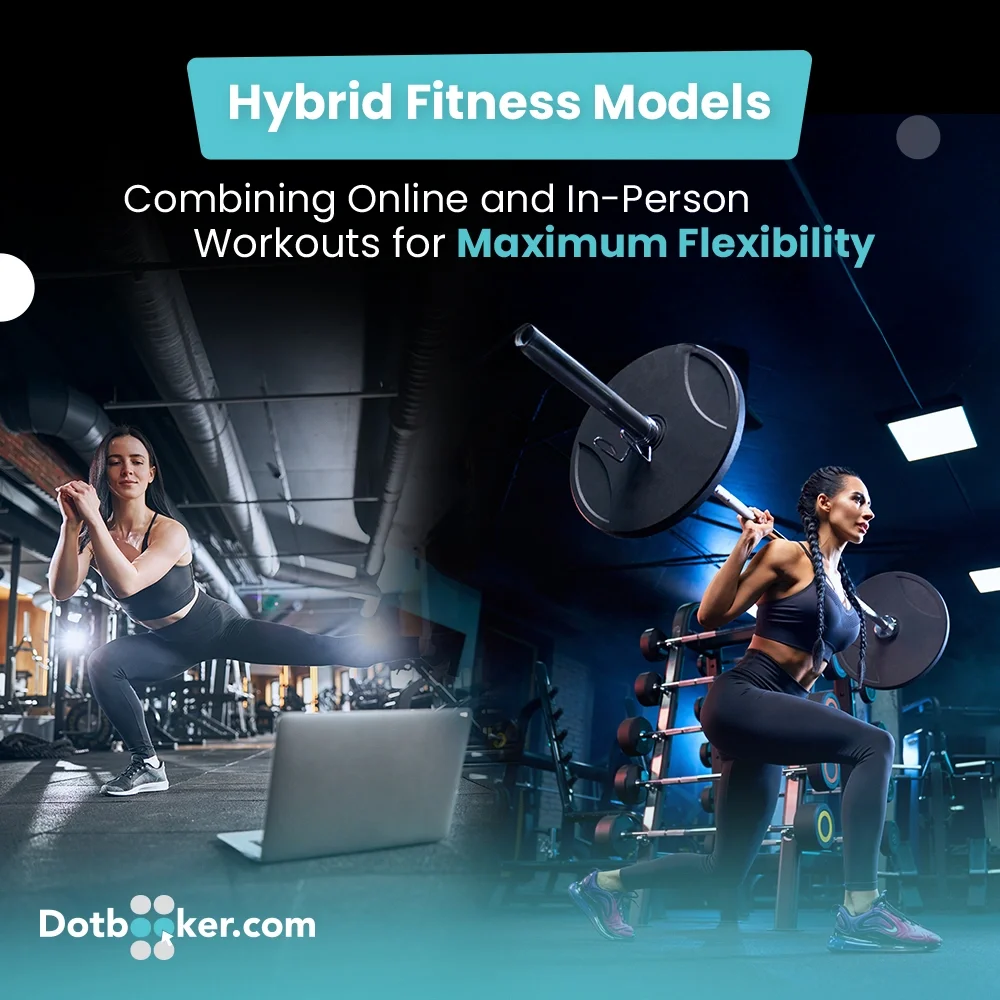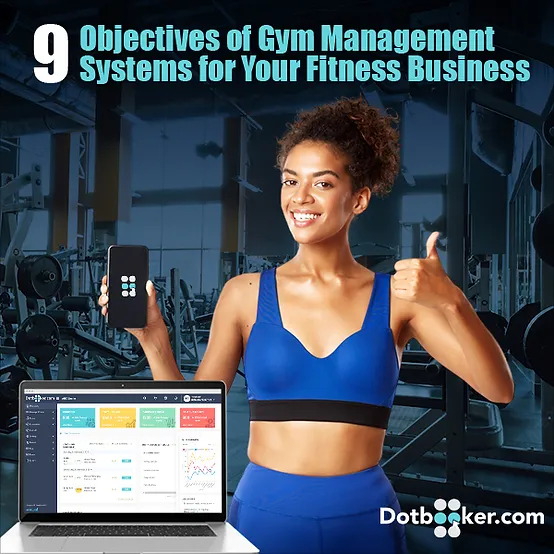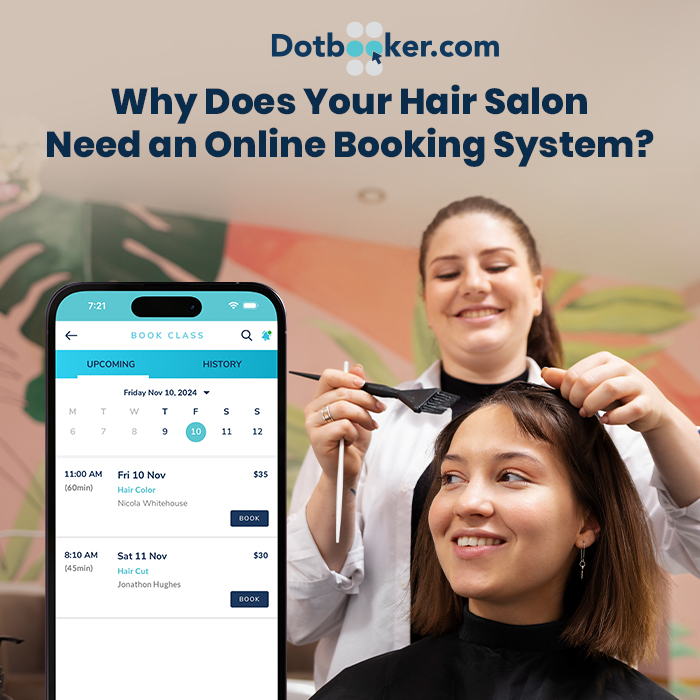
- By Dotbooker
- May 07, 2025
- 942
Hybrid Fitness Models: Combining Online and In-Person Workouts for Maximum Flexibility
Picture this: it’s Monday morning, your calendar is packed, and you can only squeeze in a workout at 6:30 A.M.—but the gym doesn’t open until 7.
Now imagine you simply open your fitness app, hit play on a guided session, and get your heart pumping from your living room. On Wednesday, you hit the gym for a group class and soak up the community energy.
That’s not a dream. That’s the new reality powered by hybrid fitness models—changing everything.
Let’s Be Real—Fitness Isn’t One-Size-Fits-All Anymore
The modern-day fitness enthusiast isn’t defined by dumbbells alone. Some thrive on the buzz of a bootcamp, others crave the zen of yoga at home, and many want both on different days.
Hybrid fitness models bridge this evolving mindset. They offer the freedom to choose between online and in-person workouts, allowing people to train how, when, and where they want.
And the best part? This isn’t just about convenience. It’s about control. Control over your time, your environment, and your journey to well-being.

Why the Hybrid Model Isn’t Just a Trend—It’s the Future.
We’ve seen fitness fads come and go—Zumba, CrossFit, goat yoga (yep, that’s real). But hybrid fitness models? They’re not a passing phase. They’re a structural shift in how the fitness industry operates, powered by a generation that wants more than just access—they want autonomy.
Let’s explore why this model is here to stay—and grow:
1. The Lifestyle Fit People Crave
Hybrid fitness doesn’t demand that clients adapt to a fixed schedule or commute. Instead, it aligns with how people live today—dynamic, mobile, and full of surprises. Whether it’s a last-minute meeting or a kid’s school event, your fitness plan doesn’t suffer because it moves with you.
A 2023 Mindbody Wellness Index reported that 74% of consumers prefer fitness options that let them choose between virtual and in-person formats.
2. Post-Pandemic Expectations
COVID-19 didn’t just change habits—it rewired expectations. Members now expect digital options as standard, not a bonus. They’ve discovered the power of working out at 6 a.m. from their bedroom or joining a virtual boot camp during travel.
If your studio doesn’t offer this hybrid experience, someone else will.
3. Revenue Diversification
With hybrid, studios aren’t limited to foot traffic. They can:
- Offer global access to their classes.
- Launch subscription-based online programs.
- Upsell with premium features like 1-on-1 video consults or wellness bundles.
This dual-format model opens multiple revenue streams, increasing business stability while offering flexible pricing strategies.
4. Sustainability & Scalability
Opening a new branch is capital-intensive. Going hybrid is scalable. A one-time investment in virtual infrastructure allows gyms to expand without increasing operational costs, which means more profit and less pressure.
Flexible Gym Memberships: A Smarter Way to Retain Clients
Traditional gym memberships are like old-school landline contracts—rigid, outdated, and ready to be replaced.
Enter: flexible gym memberships, the lifeblood of hybrid fitness success.
Why Flexibility is the New Retention Strategy
The average person juggles work, personal obligations, health issues, and sometimes location changes. If your memberships are all-or-nothing, you’re pushing clients to choose between you and life. Spoiler alert: life wins.
Examples of Flexibility in Action:
- Hybrid Access Pass: Let members attend 8 in-person classes/month + unlimited virtual sessions.
- Pause-and-Play: Let traveling members freeze their in-person access but keep their virtual access active. No full cancellations needed.
- Mix & Match Packages: Allow users to switch between formats month to month.
- Family/Group Hybrid Deals: A parent does virtual yoga, and the teen attends in-person strength training. One membership, many options.
Business Benefits:
- Reduced churn during holidays and travel seasons.
- Increased member satisfaction = better reviews and referrals.
- Ability to run short-term promos (e.g., “Virtual Only for Summer” plans).
Insight: According to IHRSA, gyms that offer tiered and hybrid memberships report 25% higher retention over 12 months.
In short, flexible memberships make people stay because they don’t feel trapped. Instead, they feel understood—and that’s priceless in this industry.

Virtual Fitness Integration: Making It Feel Like You’re There
Let’s bust a myth: virtual workouts aren’t inferior—they’re just different. When integrated thoughtfully, they can match or even exceed the engagement levels of in-person sessions.
So, how do you create a virtual gym member experience that feels real, relational, and results-driven?
Key Features That Create Immersive Virtual Fitness
Let’s deep dive to explore the key features of adopting virtual fitness in your daily business lives.
Two-Way Video Classes
Don’t just stream—connect.
Two-way video allows trainers to observe participants in real time, offer personalized form corrections, and even give encouraging shout-outs, just like in a physical studio. This kind of interaction creates accountability, builds trust, and keeps clients coming back for the live energy.
Some platforms also allow breakout rooms for smaller group training or post-session debriefs, boosting intimacy and trainer-client engagement.
Gamified Progress Tracking
Think of it like fitness meets your favorite mobile game.
Users can track calories burned, sessions completed, streaks maintained, and levels achieved. Progress bars, leaderboards, weekly goals, and digital rewards (like badges or coupons) keep users motivated and engaged over the long haul.
The dopamine boost of unlocking a new badge or seeing your name climb the leaderboard isn’t just fun—it drives long-term habit formation.
Integrated Community Spaces
Virtual fitness isn’t just about the workout—it’s about the vibe. Build a digital home where members feel they belong. Integrated community spaces let users:
- Share progress pics or wellness wins
- Participate in themed challenges (like “Water Week” or “Meditation March”)
- Get support via Q&As with trainers or wellness experts
- Celebrate member milestones publicly
These connections foster loyalty and transform solo workouts into shared experiences.
Hybrid Challenges
Bring the best of both worlds together. Create 30- or 60-day hybrid challenges that ask members to complete:
- In-person check-ins (like strength assessments)
- On-demand video routines
- Live-streamed events (like Sunday yoga or midweek HIIT)
Track participation digitally and reward consistency with swag, discounts, or leaderboard shout-outs. These challenges help bridge the gap between formats and drive community-wide excitement.
Real-Time Class Booking & Notifications
Keep members informed and in control. A robust booking system lets users:
- Reserve their spot in live virtual or in-studio classes
- Receive automated reminders via email, push notifications, or SMS
- Sync with personal calendars for seamless scheduling
- Get alerts for last-minute openings, class changes, or new program launches.
This reduces no-shows and helps users build routines they’ll actually stick to.
Example:
A gym runs a “Flex Your 5K” program where members can train using a mix of:
- In-person weekend runs
- On-demand strength sessions
- Live weekday virtual mobility classes
This gives members an integrated experience, not a fragmented one—and that’s the secret sauce.
Tip: Avoid outsourcing to third-party video platforms. The more your members stay within your ecosystem, the stronger their loyalty.
Flexibility is the New Loyalty: How Dotbooker Makes It Happen
While hybrid fitness models are the dream, managing them can quickly become a nightmare—unless you have the right software backbone.
That’s where Dotbooker steps in as the ultimate support system for modern wellness businesses.
Here’s How Dotbooker Powers Your Hybrid Fitness Model
- Seamless Online & Offline Class Management
Create schedules for virtual and in-person formats, sync them in one dashboard, and let members choose their experience. - Flexible Membership Plans
Customize packages, such as pay-as-you-go, subscription tiers, or hybrid bundles. Let clients upgrade, pause, or switch anytime. - Built-In Virtual Infrastructure
Upload on-demand workouts, host live sessions, and store recordings—all within Dotbooker. No need to integrate third-party tools. - Auto Attendance & Payment Tracking
Whether someone checked into the studio or joined virtually, Dotbooker logs it. Smart analytics = smarter decisions. - Community Engagement Tools
Send announcements, create wellness challenges, reward top performers, and nurture a digital community that feels like family. - Mobile-First Experience
Let your clients book classes, track progress, and manage their memberships from their phones, whether at home or on the go.
Whether you're a solo yoga trainer or a multi-location franchise, Dotbooker scales with your growth and evolves with your clients’ needs.
Popular Blogs

- Oct 20, 2022
- 4744

- Sep 08, 2024
- 4069

- Nov 11, 2022
- 3509

- Sep 16, 2024
- 2886
Transform your business now!

Get an expert consultation for your business's streamlined operations.